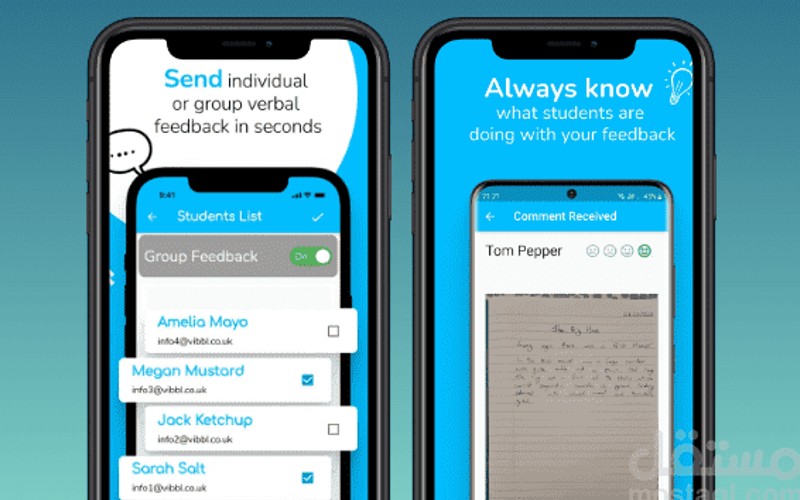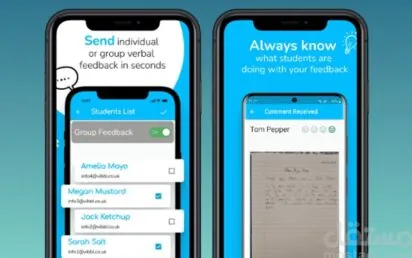Marking tool Vibbl has added direct feedback through its transformative web app as well as the ability to send multiple file types.
Vibbl, based in Newcastle, is ‘the home of verbal feedback’. It allows teachers to give faster, evidenced and more meaningful feedback to students.
They can take snapshots of work, explain their thoughts and identify fragile learners to enable a more tailored feedback dialogue.
Founded by Nihad and Sarah Cehic, Vibbl – second on our recent EdTech 50 ranking – is already used in 17 countries in primary, secondary, university and other education settings.
“When we first built Vibbl, we built it for a very specific use case. To speed up the process of marking,” said Nihad.
“The teacher has full control of the feedback process from snapping student work to sending it. But, what if you wanted a student to send you the work instead? And, what if you didn’t want to use a phone or tablet to send feedback?
“We have now built in the capability to send feedback through our web app to your students. This means that if a student sends you an essay to give feedback on, you can upload it into Vibbl and provide meaningful verbal feedback to move them forward.
“Or if you do not want to use a phone or tablet to send feedback, you no longer have to.”
Vibbl has also built in the capability to send feedback with multiple file types to students – including images, PDFs, Word documents, Excel worksheets and Powerpoint presentations – with feedback included in these files for improved understanding and retention.
You see the changes in the video here.
EdTech 50 – UK’s most innovative education tech creators for 2024
Kate Jones, author, keynote speaker and senior associate for teaching and learning, described Vibbl as “a fantastic tool to enable meaningful verbal feedback across a school”.
“The team have thought carefully about the current evidence around feedback in the product design. Vibbl offers multiple ways for teachers to effectively give feedback to students and for department leaders to understand how feedback is being implemented and received,” she added.

